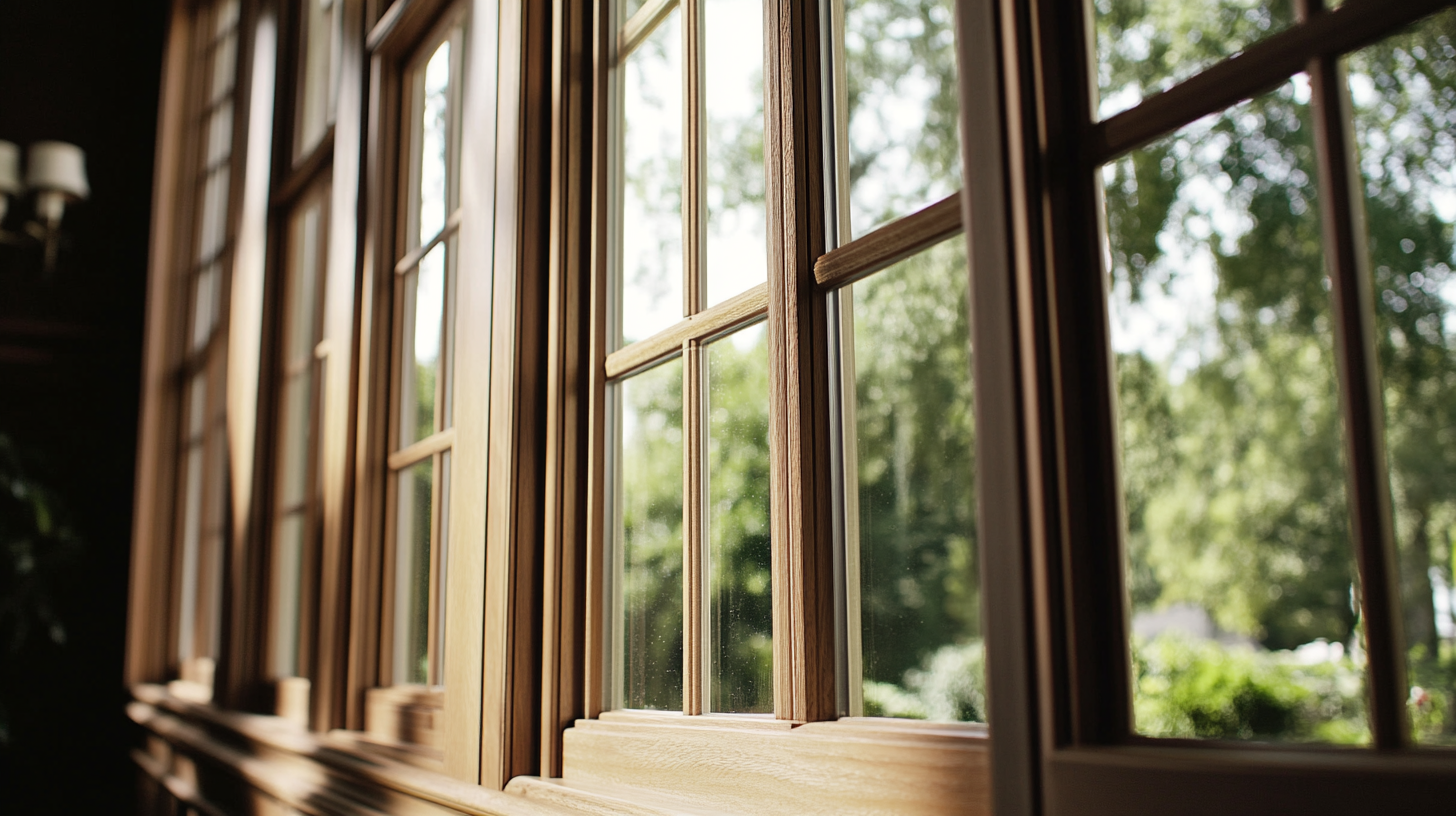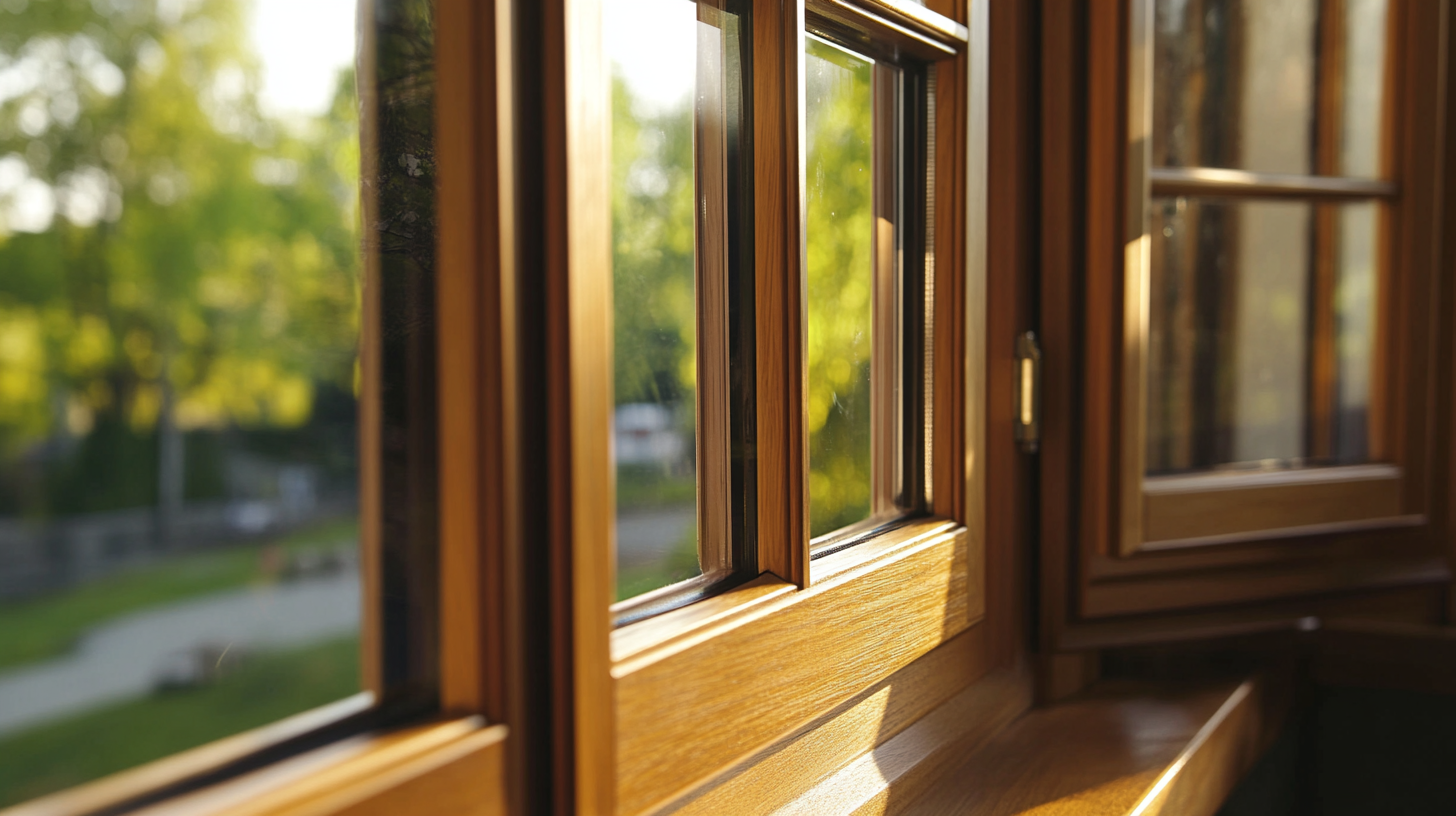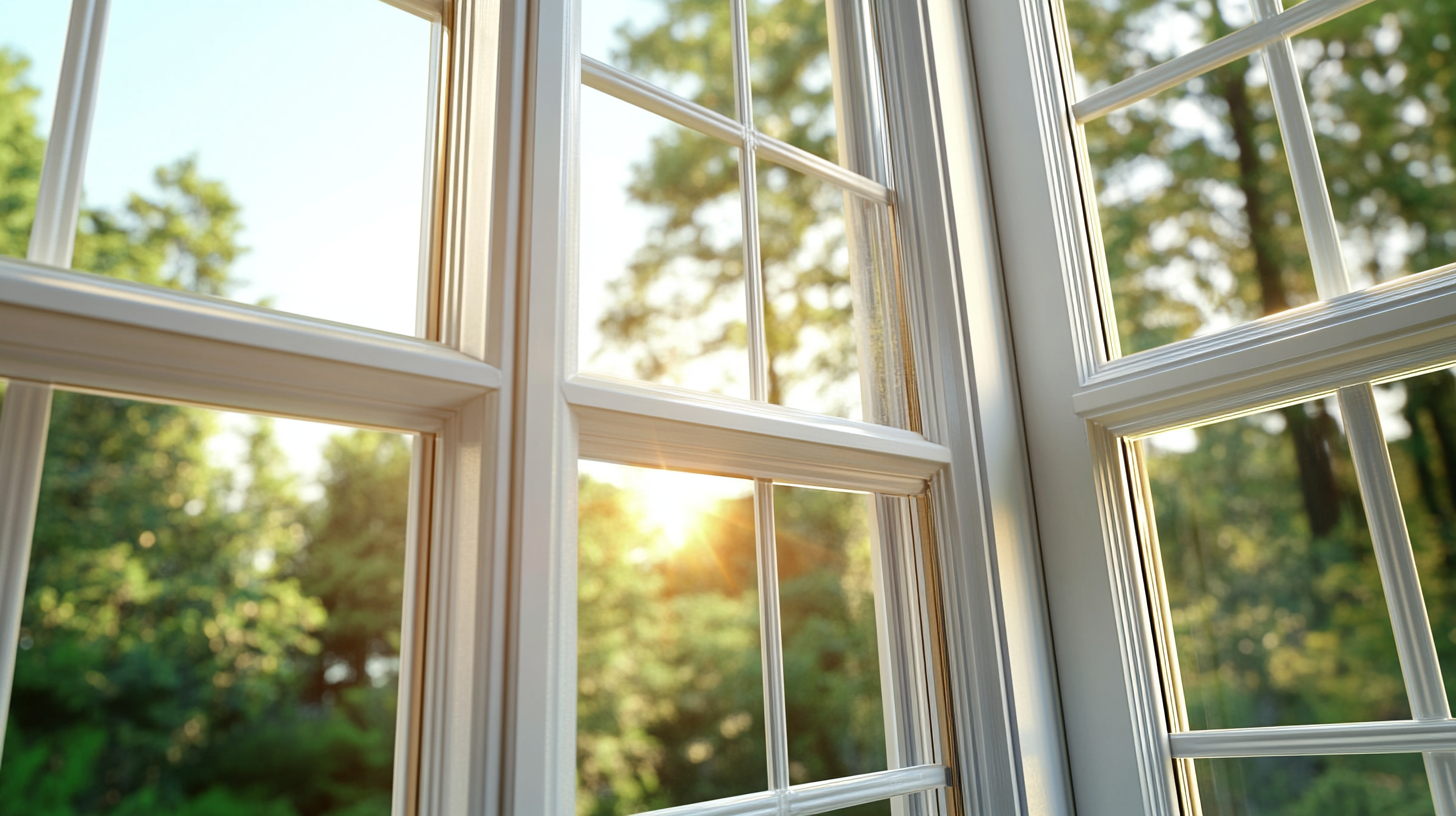 In the global procurement landscape,
selecting the right materials
is crucial for achieving both sustainability and aesthetic appeal in construction projects.
Timber Casement Windows have emerged as a popular choice among architects and builders,
primarily due to their superior insulation properties and timeless elegance.
According to a recent report by the Fenestration Association, the demand for timber windows is projected to grow at a
CAGR of 4.5% through 2025, driven by increasing consumer preference for eco-friendly building materials.
Additionally, a study from the Sustainable Building Alliance highlights that timber windows can
reduce energy consumption by up to 30%
compared to their PVC counterparts. This ultimate guide will delve into the essential factors to consider when choosing
Timber Casement Windows for your procurement needs, ensuring you make informed and sustainable choices that align with current industry trends.
In the global procurement landscape,
selecting the right materials
is crucial for achieving both sustainability and aesthetic appeal in construction projects.
Timber Casement Windows have emerged as a popular choice among architects and builders,
primarily due to their superior insulation properties and timeless elegance.
According to a recent report by the Fenestration Association, the demand for timber windows is projected to grow at a
CAGR of 4.5% through 2025, driven by increasing consumer preference for eco-friendly building materials.
Additionally, a study from the Sustainable Building Alliance highlights that timber windows can
reduce energy consumption by up to 30%
compared to their PVC counterparts. This ultimate guide will delve into the essential factors to consider when choosing
Timber Casement Windows for your procurement needs, ensuring you make informed and sustainable choices that align with current industry trends.
When selecting timber casement windows for global procurement needs, understanding the various types available is essential. The most common options include traditional, contemporary, and energy-efficient designs. Traditional timber casement windows often feature classic styling with intricate woodwork, making them ideal for heritage properties or those seeking a vintage aesthetic. In contrast, contemporary designs emphasize sleek lines and minimalistic frames, appealing to modern architecture and refined interiors.
Another significant consideration is the option of energy-efficient timber windows. These designs utilize advanced glazing techniques and insulation materials, providing superior thermal performance while retaining the charm of natural wood. Additionally, there are customizable options available that allow procurement managers to select specific wood types, finishes, and hardware that align with project requirements and aesthetic preferences. This variety ensures that there is a suitable solution for every building project, enhancing both functionality and visual appeal.
When selecting timber casement windows for global procurement, durability should be at the forefront of decision-making. The choice of materials significantly influences the longevity and performance of these windows. According to a report from the Window and Door Manufacturers Association (WDMA), windows made from engineered wood, such as laminated veneer lumber (LVL), demonstrate up to 50% greater resistance to warping and cracking compared to traditional solid wood options. This enhanced durability is crucial for regions facing extreme weather conditions, where window performance is tested by temperature fluctuations and moisture exposure.
Furthermore, the variety of wood species available can also play a pivotal role in durability. A comparative analysis from the American Wood Council highlights that certain species, like oak and mahogany, are not only aesthetically pleasing but also possess natural oils that enhance their resilience against insects and rot. Additionally, advancements in protective coatings, such as those demonstrated by the Forest Products Laboratory, indicate that treated timber can extend the lifespan of windows by over 20 years, making it a sound investment for both residential and commercial applications globally. Adopting these material choices ensures that procurement decisions align with both performance and sustainability goals.
When selecting timber casement windows for global procurement, energy efficiency stands out as a pivotal consideration. According to the International Energy Agency (IEA), buildings account for approximately 36% of global energy use, with windows playing a crucial role in this figure. High-quality timber windows can significantly reduce thermal losses, leading to enhanced energy efficiency. For instance, a study by the U.S. Department of Energy indicates that properly installed high-performance timber windows can reduce heating and cooling costs by up to 15% compared to traditional materials.
Moreover, the choice of timber is essential, as different species offer varying levels of insulation and durability. Research from the Forest Products Laboratory shows that Scandinavian pine and European oak are among the top performers with thermal conductivity ratings of around 0.13 W/mK. This makes them ideal candidates for energy-efficient window designs. Additionally, features such as double or triple glazing can further enhance energy performance by minimizing heat transfer. Therefore, when sourcing timber casement windows, it's crucial to consider not only the aesthetic and structural qualities but also their long-term energy efficiency benefits.
| Parameter | Description | Importance | Typical Value |
|---|---|---|---|
| Material Quality | High-quality timber ensures durability and longevity of windows. | Critical | FSC Certified |
| Energy Efficiency Rating | Indicates how well the windows insulate against heat loss. | Very Important | A+ to A++ |
| Glazing Type | Types of glass used can significantly affect heat retention and sound insulation. | High Importance | Double or Triple Glazing |
| Design Flexibility | Ability to customize windows for aesthetic and functional needs. | Important | Highly Customizable |
| Sustainability Practices | Utilization of sustainably sourced timber and eco-friendly treatments. | Increasingly Important | Meets Sustainable Standards |
When considering timber casement windows for global procurement, understanding the aesthetic appeal and various style variations becomes crucial. According to a report by the International Window and Door Association, casement windows have gained popularity due to their ability to provide a seamless blend of functionality and visual charm. With a range of designs including contemporary, traditional, and custom styles, these windows cater to diverse architectural preferences. For instance, the modern farmhouse style emphasizes natural wood finishes, allowing for increased light and ventilation while maintaining a rustic appeal.
Furthermore, a survey from the Institute of Architecture and Design indicates that 65% of homeowners prioritize aesthetic aspects when selecting windows, with casement windows being favored for their clean lines and expansive views. The flexibility in design—ranging from single to multi-pane configurations—can significantly enhance the exterior design of a property. By leveraging the latest advancements in timber treatment and finishing, manufacturers are providing options that not only enhance durability but also elevate visual appeal, ensuring that casement windows meet both aesthetic and functional needs in today's market.

When sourcing timber products for global procurement, understanding the best practices is crucial for ensuring quality and sustainability. According to the International Tropical Timber Organization (ITTO), global demand for timber is expected to rise by 20% by 2030, emphasizing the need for strategic sourcing. To meet this demand while adhering to sustainable practices, companies should prioritize sourcing from suppliers who comply with international forestry regulations, such as the Forest Stewardship Council (FSC) certification. This not only ensures the timber is responsibly sourced but also enhances the company's reputation.
Tips: Always conduct thorough due diligence on potential suppliers. Assess their compliance with environmental standards and their track record in sustainable timber production. Moreover, engaging in long-term partnerships with reputable suppliers can stabilize supply chains and mitigate risks associated with volatile markets.
In addition, leveraging technology and data analytics can significantly enhance procurement strategies. A McKinsey report states that companies utilizing advanced analytics in their supply chains can reduce costs by up to 30%. Implementing tools for tracking timber supply origins and monitoring supplier performance can lead to more informed decision-making and a transparent procurement process.
Tips: Consider investing in software solutions that integrate procurement data with supplier metrics, allowing for real-time analysis and decision support. This proactive approach will not only optimize your sourcing strategy but also contribute to the overall sustainability goals of your organization.





